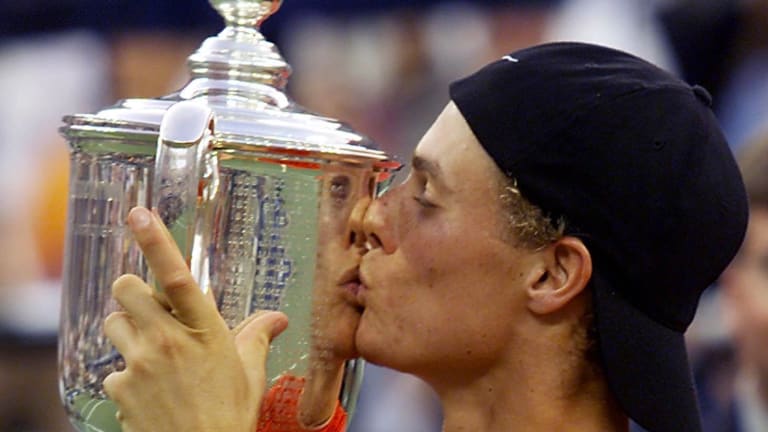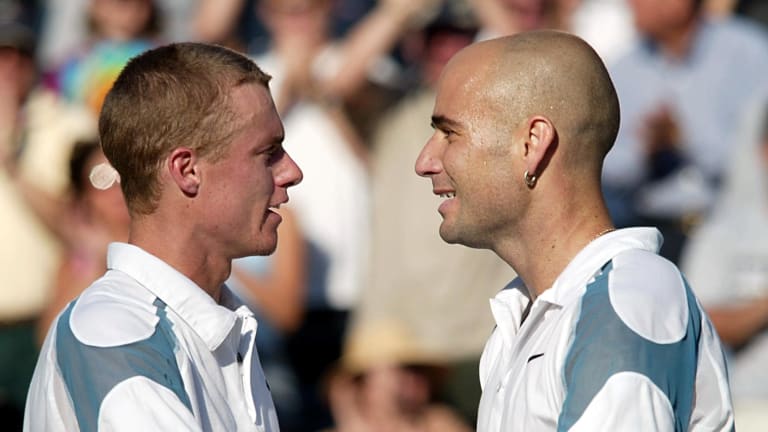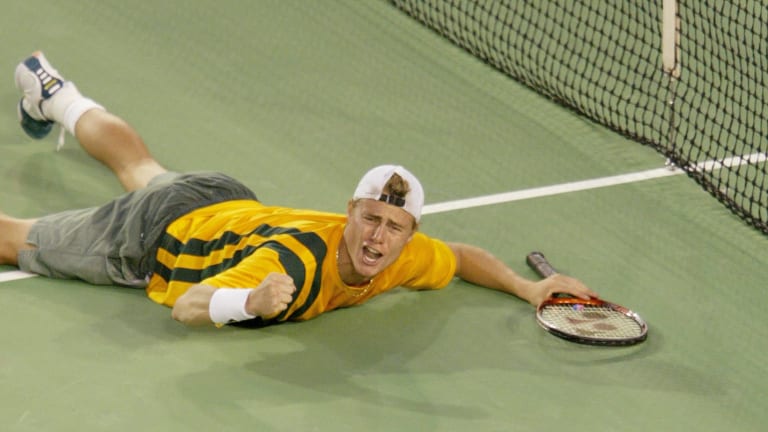International Tennis Hall Of Fame
Classic Rusty: Three matches that defined Lleyton Hewitt's Hall of Fame spirit
By Jul 12, 2022International Tennis Hall Of Fame
International Tennis Hall of Fame launches “Be Legendary” youth program in Melbourne, Indian Wells and Miami
By Dec 05, 2024International Tennis Hall Of Fame
Maria Sharapova and the Bryan brothers are elected to the International Tennis Hall of Fame
By Oct 24, 2024International Tennis Hall Of Fame
Maria Sharapova’s election to the Hall of Fame may be polarizing, but it’s deserved
By Oct 24, 2024International Tennis Hall Of Fame
Maria Sharapova, Bob and Mike Bryan nominated for International Tennis Hall of Fame
By Sep 03, 2024International Tennis Hall Of Fame
Leander Paes: Doubles maestro, International Tennis Hall of Fame inductee
By Jul 19, 2024International Tennis Hall Of Fame
Richard Evans, veteran journalist, joins International Tennis Hall of Fame Class of 2024
By Jul 18, 2024International Tennis Hall Of Fame
Vijay Amritraj, 2024 International Tennis Hall of Fame inductee, is making tennis communal
By Jul 17, 2024International Tennis Hall Of Fame
New in 2025: Tennis Hall of Fame moves ceremony to August, Newport to host combined 125-level event in July
By Jul 17, 2024International Tennis Hall Of Fame
Leander Paes and Vijay Amritraj are the first Asian men elected to the Tennis Hall of Fame
By Dec 13, 2023International Tennis Hall Of Fame
Classic Rusty: Three matches that defined Lleyton Hewitt's Hall of Fame spirit
The Australian will receive his sport's highest honor on Saturday in Newport, R.I. after missing last year's induction ceremony due to the COVID-19 pandemic.
Published Jul 12, 2022
Advertising
Advertising

Hewitt's US Open triumph was Australia's third in five years following Patrick Rafter's 1997-98 title runs.
© AFP via Getty Images
Advertising

Hewitt and Agassi finished with an even 4-4 head-to-head series.
© AFP via Getty Images
Advertising

During a decorated career donning the green and gold, Hewitt helped his nation clinch two Davis Cup crowns. He's served as captain since 2016.
© AFP via Getty Images